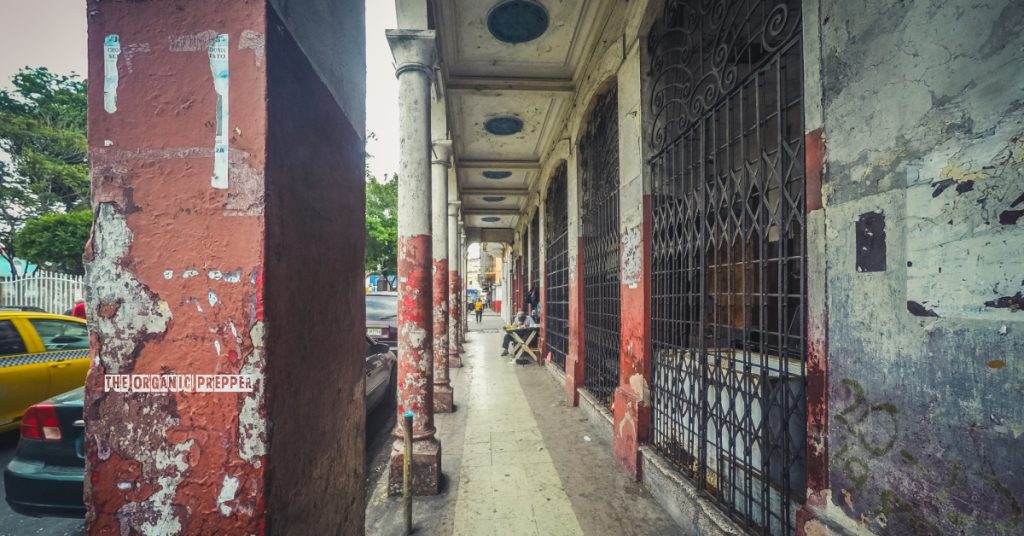by Daisy Luther, The Organic Prepper:

Most people are born equipped with the basic senses and instincts to navigate life. However, different habitats, lifestyles, circumstances, and experiences will lead to either the development or atrophy of specific abilities and skills as a natural adaptation mechanism.
When it comes to survival in urban settings, I consider a decent level of situational awareness and some street smartness important no matter where one lives, as predators and sick people exist everywhere. Those skills, however, are vital in some regions of the world, above all in hostile parts of developing and Third-World countries.
TRUTH LIVES on at https://sgtreport.tv/
Being capable of reading the streets – and reading other people, too – goes along that as a way to better orient oneself and also deal with known and unknown environments, identify threats, and avoid potentially risky situations.
With so many crises converging, violence and crime have been plaguing previously safe and civilized cities in First-World countries, making ‘special’ urban skills more necessary than ever in these places as well.
Risks are increasing everywhere.
The thing is, the average person living in big cities does their activities within limited zones, as people get absorbed in their routines. It’s another form of adaptation for maximum efficiency, which is fine if everything is normal and the social fabric intact. However, that prevents them from having a more profound, broader, and nuanced knowledge of their town, and I don’t need to remind you we’re not living in 2019 anymore.
I dedicate an entire chapter in my Street Survival training book to the prospect of studying the city for safer and more productive mobility during a crisis or SHTF. The idea is to improve street smartness and, above all, the capacity to observe and interpret the signs and characteristics of each zone or neighborhood to our benefit.
In this article, I condense and pass on some essentials I learned while in the streets and from other street people. Consider that what I present may vary according to location, as is the case with anything involving cultural and social aspects, practices, and signs. However, modern Western society is uniform enough that most concepts and propositions are still valid.
How to read the streets: general principles
There’s a variety of telltale signs of a place’s condition and that can be applied to buildings, streets, neighborhoods, districts, and cities. We must know what to look for and what to make of those signs and clues to form a general idea but also detect opportunities and potential hazards.
Before moving on, a caveat: it’s practically impossible for an outsider to know those meanings or make any meaningful (and valuable) connection, and tribal signs can be purposefully cryptic for the most part. Even long-time residents and natives may have trouble detecting and interpreting all the signs.
I’ve lived in the same town since my family moved here in 1980 when I was 10. Like most kids at the time, I was raised free-range and have been in the streets for my entire life, even living and interacting with the homeless and other street people as survival training. Despite all that, there’s more I don’t know about my city, its places, and people than otherwise – lots of stuff I have no idea about and never will, even if I live here for another 100 years. That’s partly because it’s a vast city with 13 million souls but also because it’s a living organism and everything is constantly changing. Even street people can’t know everything.
What we want, then, is a series of essential abilities and general principles that can be applied to a variety of situations, people, and places – flexibility and adaptability. Knowing what to look for and observing with method and intention is how we can step up our awareness.
Visual clues
Some of the below may sound obvious. However, it’s not always so obvious for for those entering the street game, visiting a new place, or wandering the city with their heads in the cloud (and there are way too many like that, even here where I live, which is a dangerous place).
Visual signs are reliable indications of a place’s condition, but we must pay attention and know what to look for, so here are some tips on that:
Read More @ TheOrganicPrepper.com



